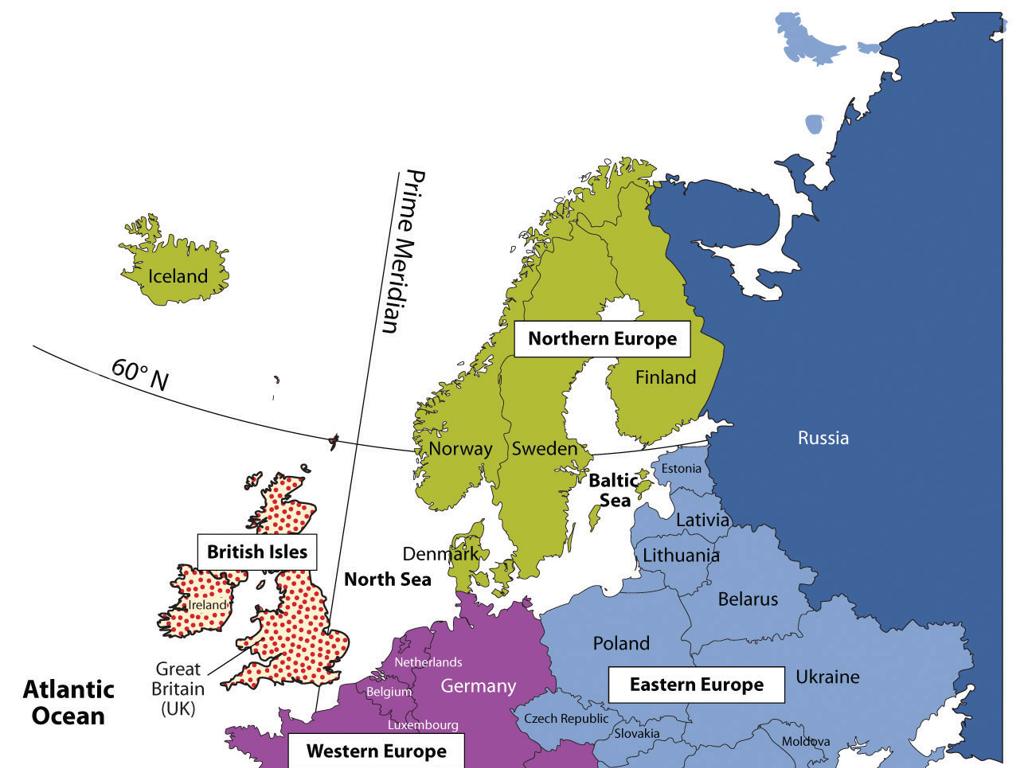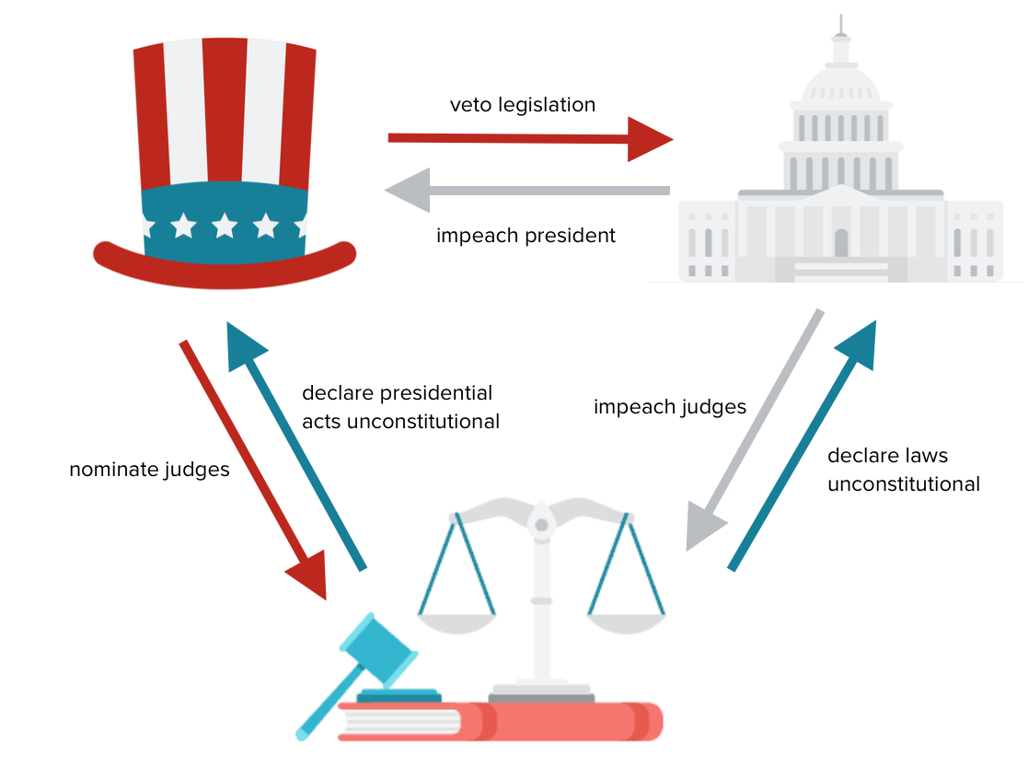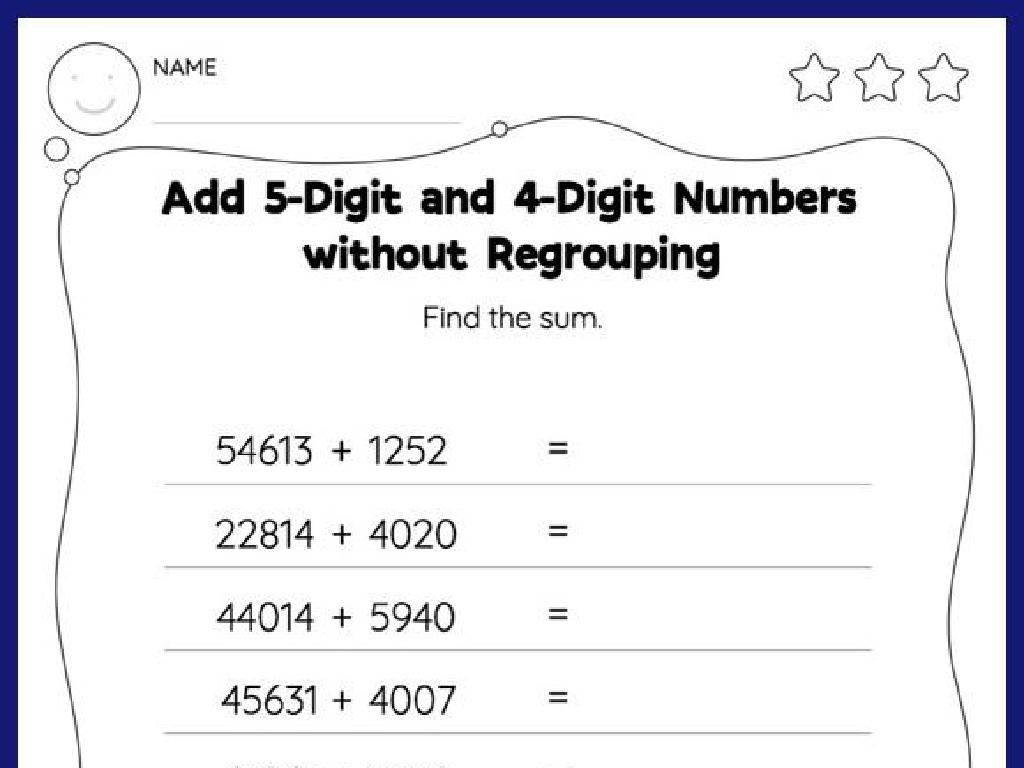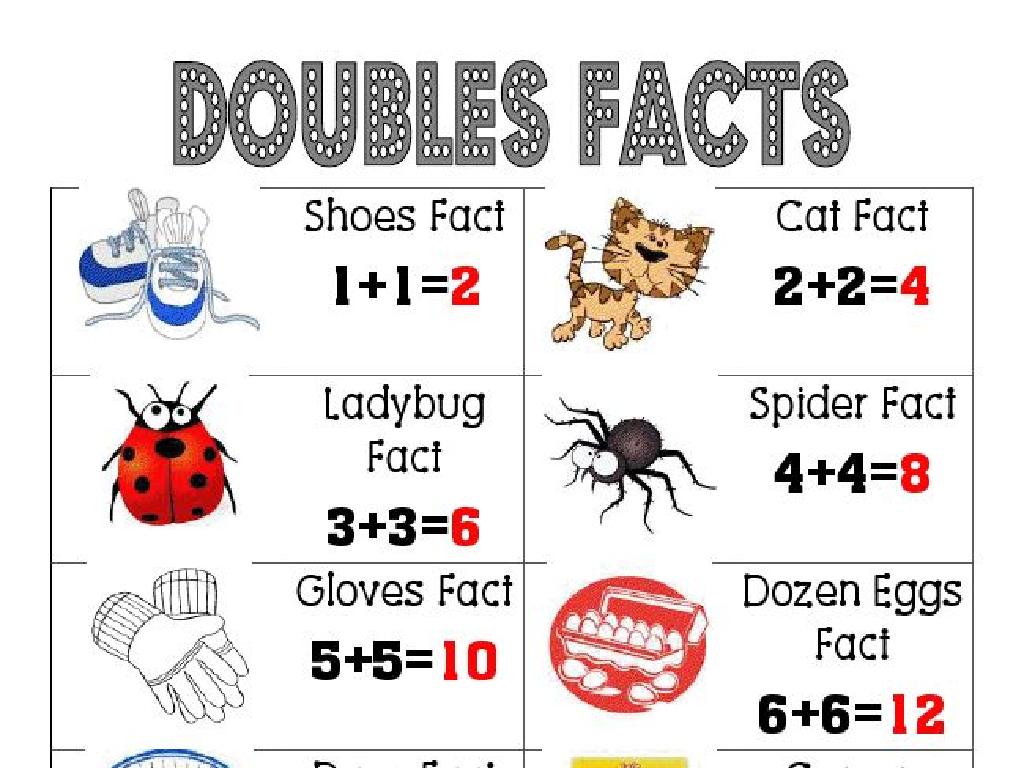Fractions Of A Group: Unit Fractions
Subject: Math
Grade: Third grade
Topic: Understand Fractions
Please LOG IN to download the presentation. Access is available to registered users only.
View More Content
Exploring Unit Fractions
– What is a unit fraction?
– A unit fraction has 1 as the numerator.
– Fractions in everyday life
– Slices of pizza or pieces of a chocolate bar.
– Unit fractions of a group
– If a pizza is cut into 8 slices, each slice is 1/8 of the pizza.
– Practice finding unit fractions
|
Begin the lesson by explaining that a unit fraction is a type of fraction where the top number (numerator) is always one. It represents one part of a whole that is divided into equal parts. Show how fractions are not just in math books; they are part of our daily lives, like when sharing food. Use concrete examples like dividing a pizza or a chocolate bar into equal parts to illustrate unit fractions of a group. Encourage students to think of other examples from their daily lives. Conclude with an activity where students practice finding unit fractions in different scenarios, reinforcing the concept that the denominator tells us into how many parts the whole is divided.
Understanding Unit Fractions
– A fraction is part of a whole
– Like a slice of pizza from a whole pie
– Numerator & denominator explained
– Top number (numerator) & bottom number (denominator)
– Example: 1/2 means 1 out of 2 parts
– If a pizza is cut into 2 pieces, 1/2 is one slice
|
This slide introduces the concept of fractions to third-grade students. Begin by explaining that a fraction represents a piece of something that is whole, using tangible examples like slices of pizza or pieces of fruit. Clarify that the numerator (the top number) indicates how many parts we have, while the denominator (the bottom number) shows into how many equal parts the whole is divided. Use the example of 1/2 to illustrate a common unit fraction, explaining that if a pizza is cut into two equal slices, taking one slice represents the fraction 1/2 of the pizza. Encourage students to think of other examples of halves in their daily lives.
Unit Fractions: One Part of a Whole
– Unit fractions have a numerator of 1
– It’s like having one slice of a pizza
– They represent one part of a whole
– If a pizza is cut into 4 pieces, 1 piece is 1/4 of the pizza
– Examples include 1/2, 1/3, 1/4
– Other examples: 1 piece of a 3-piece cake is 1/3
|
This slide introduces the concept of unit fractions to third-grade students. A unit fraction is a fraction where the numerator (top number) is 1, and it represents one part of a whole. Use everyday examples like slices of pizza or pieces of cake to help students visualize and understand unit fractions. Explain that the denominator (bottom number) tells us into how many parts the whole is divided. For instance, 1/2 means the whole is divided into 2 parts, and we are considering 1 of those parts. Encourage students to think of other examples of unit fractions in their daily lives to reinforce the concept.
Fractions of a Group: Unit Fractions
– Fractions show parts of a group
– Example: Sharing 4 apples
– If 4 apples represent the whole group and you take 1, that’s 1/4
– 1 apple is 1/4 of the group
– Taking 1 apple from 4 gives you a unit fraction of the whole
– Each single part is a unit fraction
– A unit fraction has 1 as the numerator
|
This slide introduces the concept of fractions as they apply to groups of items, using apples as a relatable example. It’s important to convey that fractions are not just for parts of a single object, but can also represent parts of a collection of objects. The term ‘unit fraction’ is introduced, emphasizing that it is a fraction with 1 as the numerator, representing one part of the whole. Encourage students to think of other examples in groups, such as slices of pizza or a pack of crayons, to solidify their understanding. Have them practice by dividing different groups of items into unit fractions.
Finding Unit Fractions of a Group
– Divide group into equal parts
– One equal part is a unit fraction
– Example: 1/3 of 6 oranges
– 6 oranges divided by 3 equals 2 oranges
– Unit fractions in everyday life
– Like sharing snacks equally with friends
|
This slide introduces the concept of unit fractions and how to find them in a group. Start by explaining that dividing a group into equal parts helps us find a unit fraction, which is one of those equal parts. Use the example of dividing 6 oranges into thirds to show that 1/3 of the 6 oranges is 2 oranges. Emphasize that unit fractions are a way to describe one part of a whole when it’s divided equally. Relate this to everyday situations like sharing snacks equally among friends to make it more relatable and easier to understand for third graders. Encourage students to think of other examples where they might use unit fractions in their daily lives.
Let’s Practice Together: Unit Fractions
– Practice Problem: 1/4 of 8 stars
– What is one quarter of eight?
– Divide 8 stars into 4 groups
– Make 4 equal groups with stars
– Count stars in one group
– Each group will have the same number of stars
– Understand 1/4 of a number
|
This slide is an interactive class activity to help students understand the concept of unit fractions. Start by explaining that a unit fraction is a fraction where the numerator is one. Then, present the practice problem of finding 1/4 of 8 stars. Guide the students to visually divide 8 stars into 4 equal groups, either by drawing on the board or using physical star cutouts. Have them count the number of stars in one group to find the answer. Reinforce that when we look for 1/4 of a number, we are essentially dividing that number by 4. Encourage students to explain the process in their own words to check for understanding. Possible variations of the activity could include using different numbers of stars or different unit fractions.
Your Turn to Explore: Fraction Scavenger Hunt
– Understand unit fractions
– Find divisible classroom items
– Divide items into unit fractions
– For example, if there are 4 apples, 1 apple is 1/4 of the total.
– Share findings with classmates
|
This activity is designed to help students apply their understanding of unit fractions in a fun and interactive way. A unit fraction is a fraction where the numerator is one and the denominator is a whole number. Students should look for items around the classroom that can be evenly divided into smaller parts, such as a pack of crayons, a set of blocks, or a group of pencils. Once they find an item, they should determine what one unit fraction of that item would be. For instance, if a student finds a box of 12 markers, one unit fraction would be 1/12 of the box, or one marker. After the scavenger hunt, students will present their findings to the class, explaining how they divided each item into unit fractions. This will reinforce their understanding of fractions as parts of a whole and allow them to practice explaining mathematical concepts.
Conclusion: Unit Fractions Mastery
– Recap on unit fractions
– Unit fractions have a numerator of 1.
– Finding unit fractions in groups
– Divide the group into equal parts; one part is the unit fraction.
– Recognizing fractions in daily life
– Fractions are part of our everyday experiences.
– Unit fractions are fundamental
|
As we wrap up today’s lesson, let’s review what we’ve learned about unit fractions. A unit fraction is a fraction with a numerator of 1, which means it represents one part of a whole that’s divided into equal parts. To find a unit fraction of a group, we divide the group into as many equal parts as the denominator indicates, and one of those parts is our unit fraction. It’s important to help students see the relevance of fractions in their daily lives, such as in sharing food, dividing up playtime, or even in measuring ingredients for a recipe. Understanding unit fractions lays the groundwork for all other fraction learning, so ensure students are comfortable with this concept before moving on.
Class Activity: Fraction Art
– Create your own fraction art
– Use shapes to show unit fractions
– Divide shapes into equal parts and color one to show 1/2, 1/3, 1/4, etc.
– Use colors for different fractions
– Assign each unit fraction a different color
– Present and explain your fractions
– Tell the class why you chose those fractions
|
This activity is designed to help students visualize unit fractions through a creative and engaging art project. Provide students with various shapes like circles, squares, and rectangles that they can divide into equal parts to represent fractions. Encourage them to use different colors to distinguish between the fractions. For example, they might color one out of four parts red to show 1/4. Once they’ve created their art, have them present to the class, explaining the fractions they’ve chosen and how they’ve represented them. This will reinforce their understanding of unit fractions and their ability to explain mathematical concepts. Possible variations of the activity could include using different materials, creating a collage of fraction representations, or even incorporating real objects to demonstrate fractions of a group.






